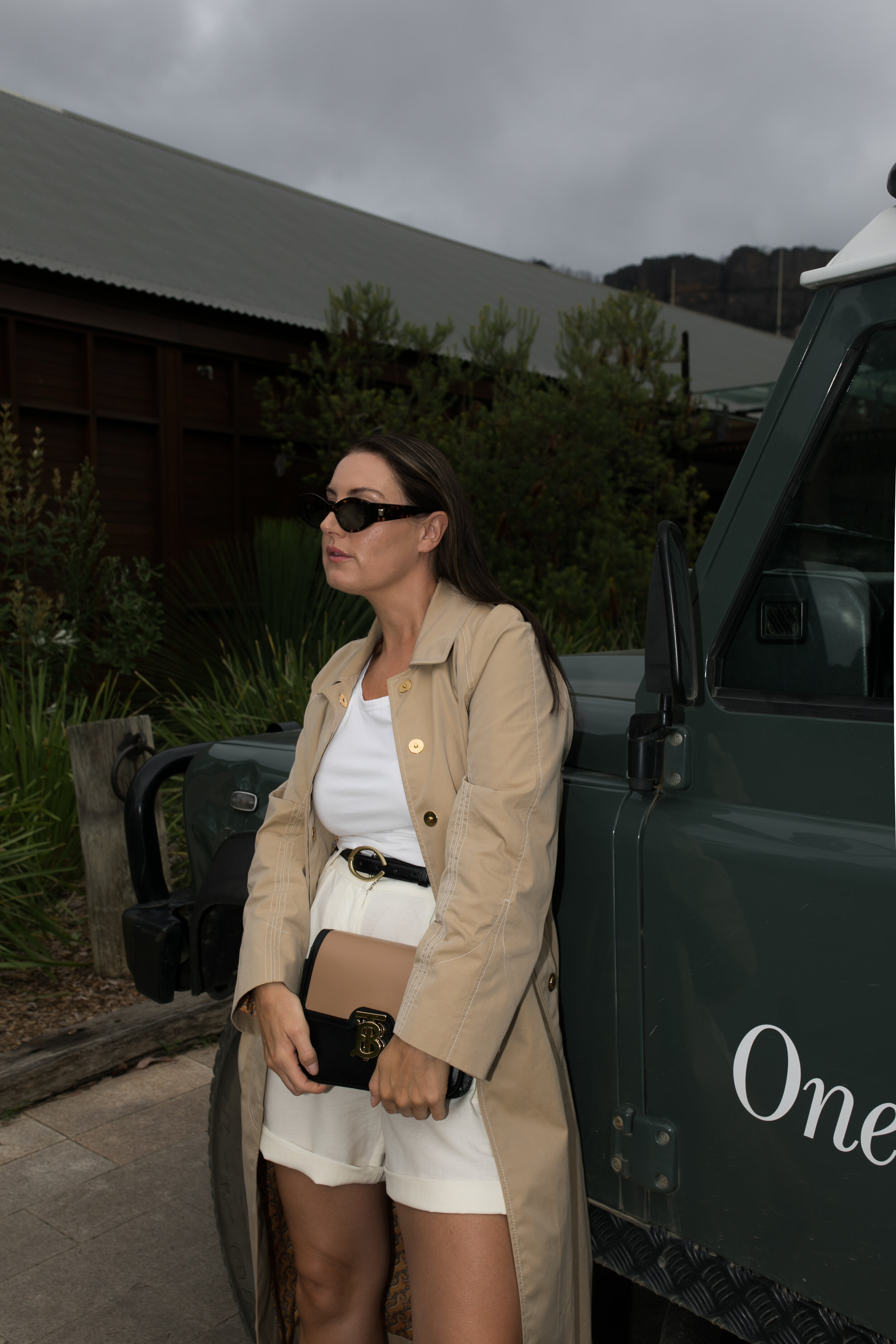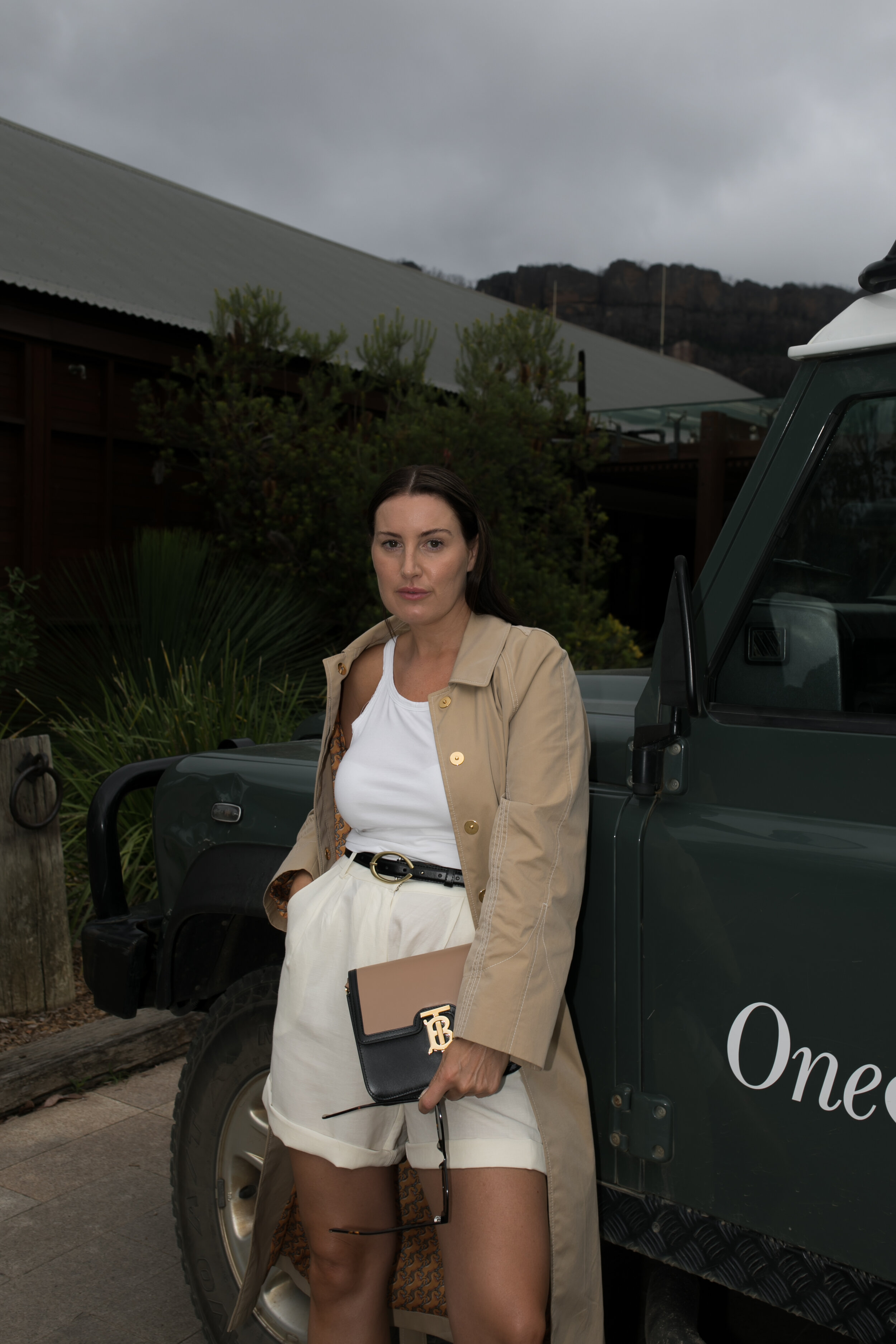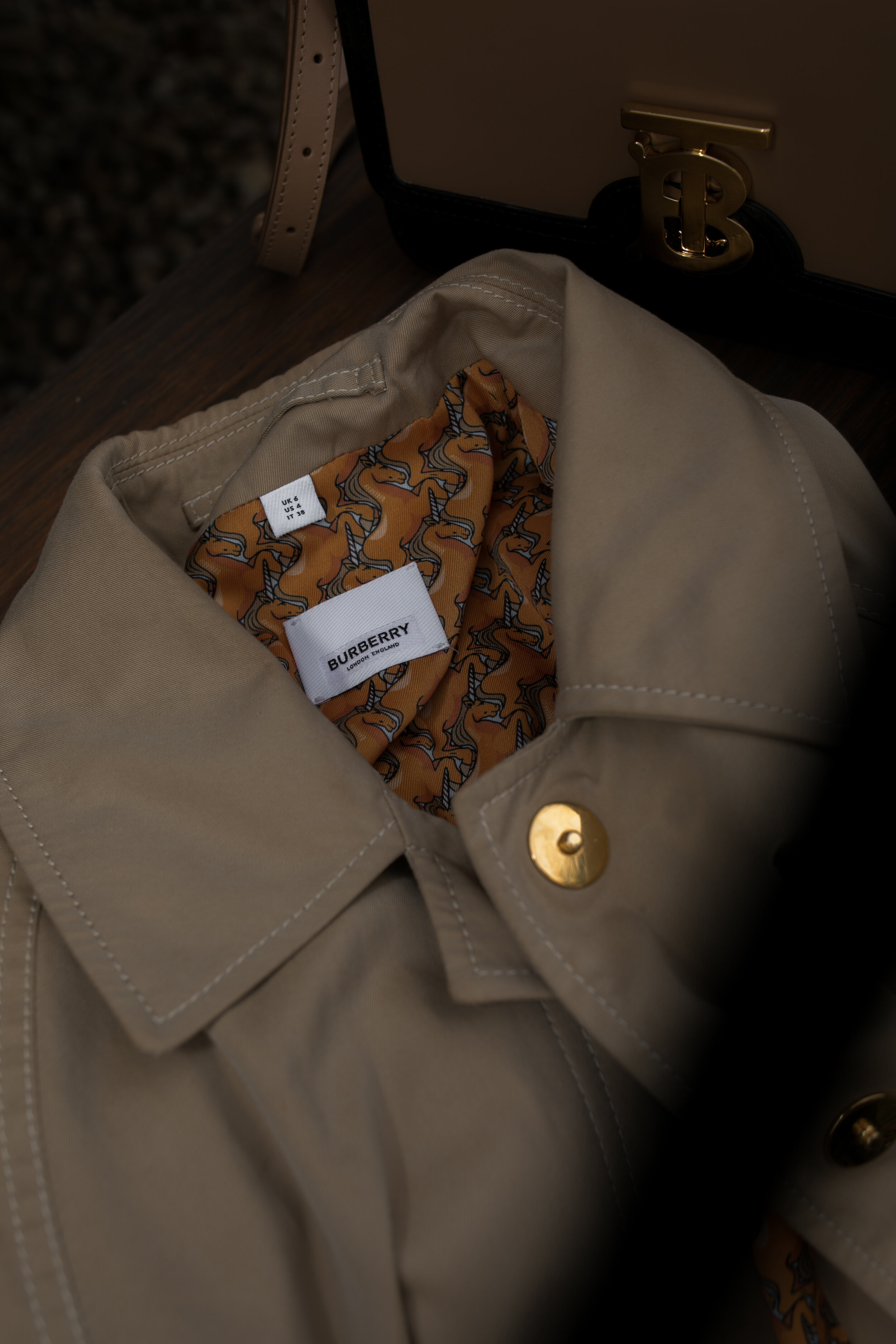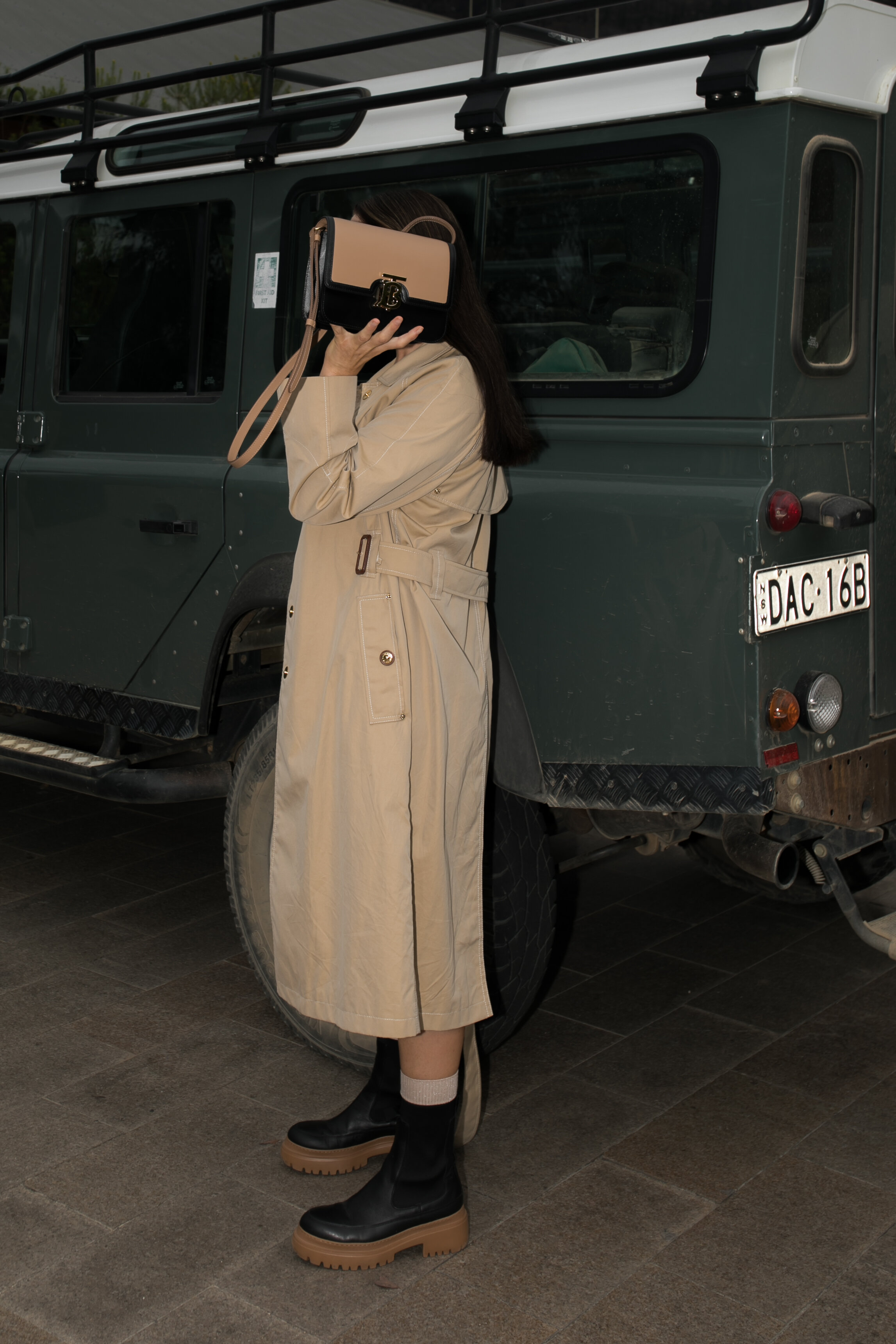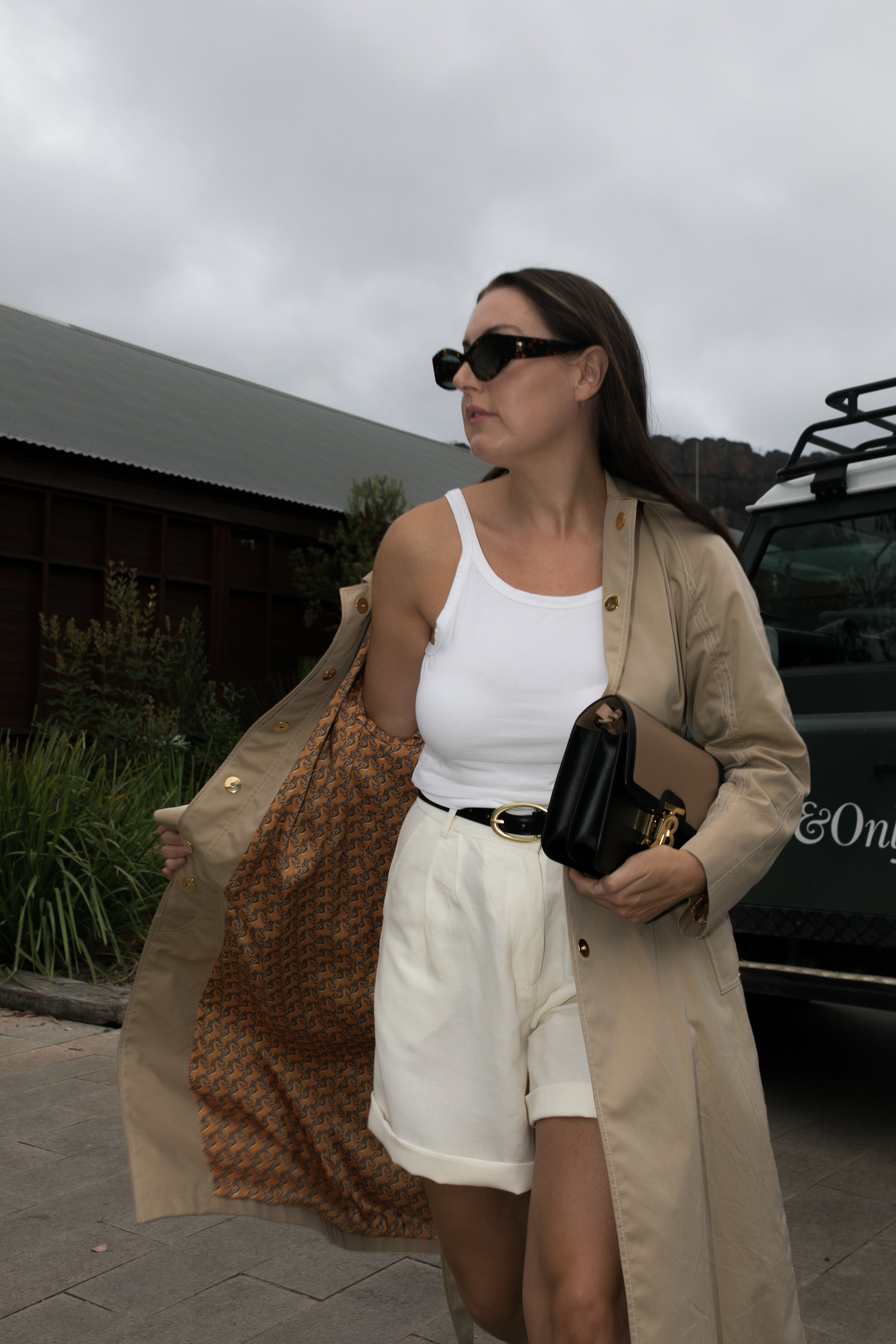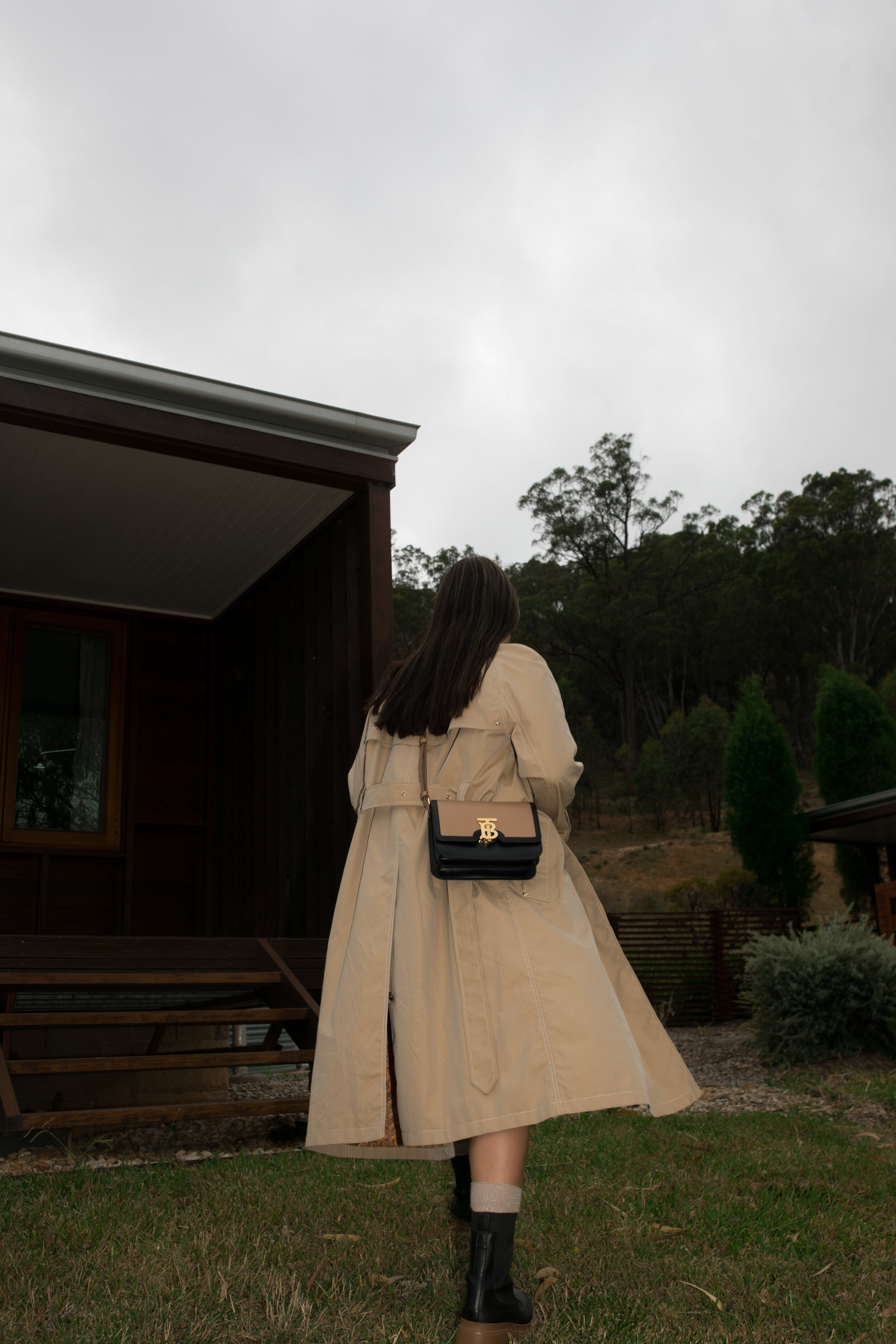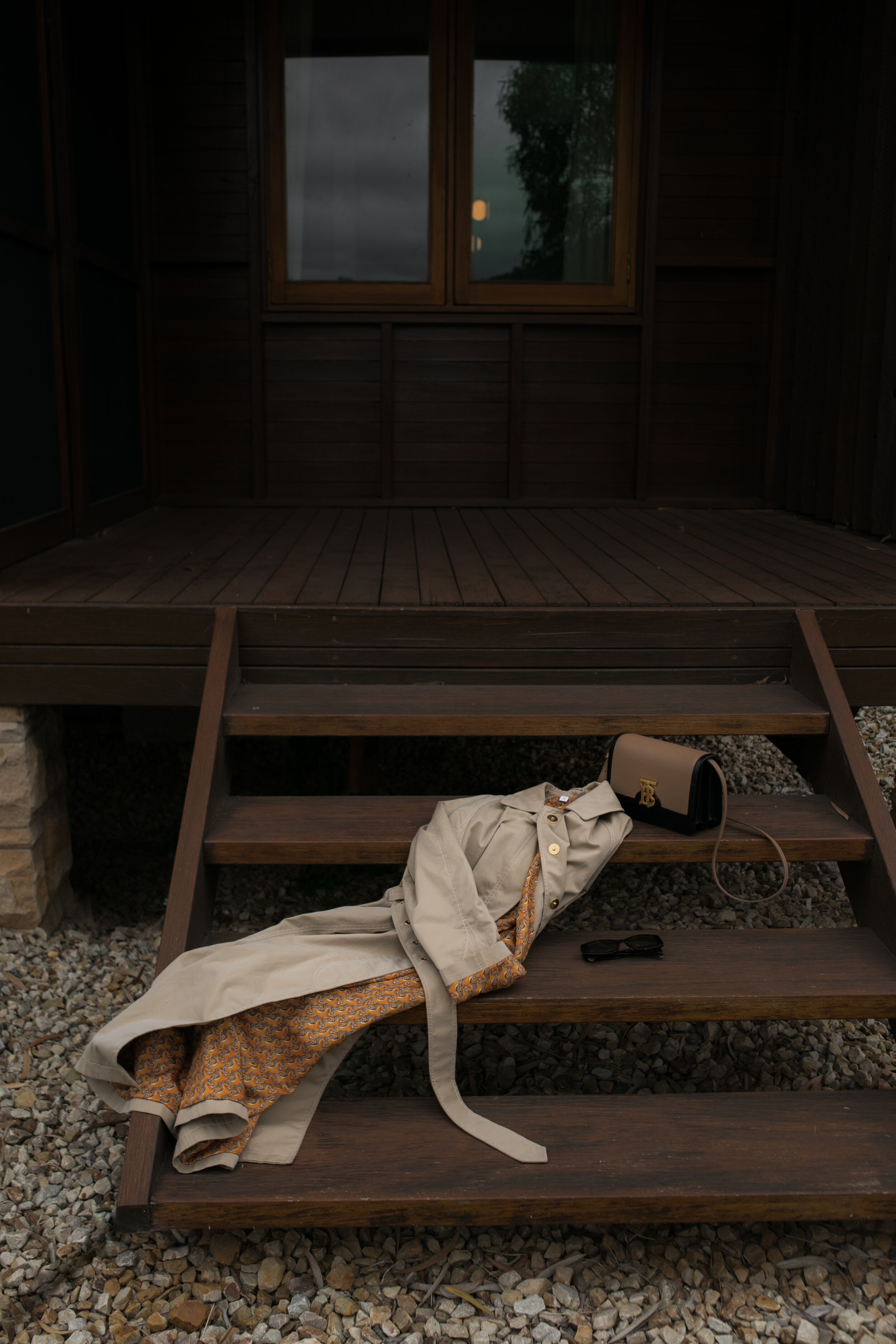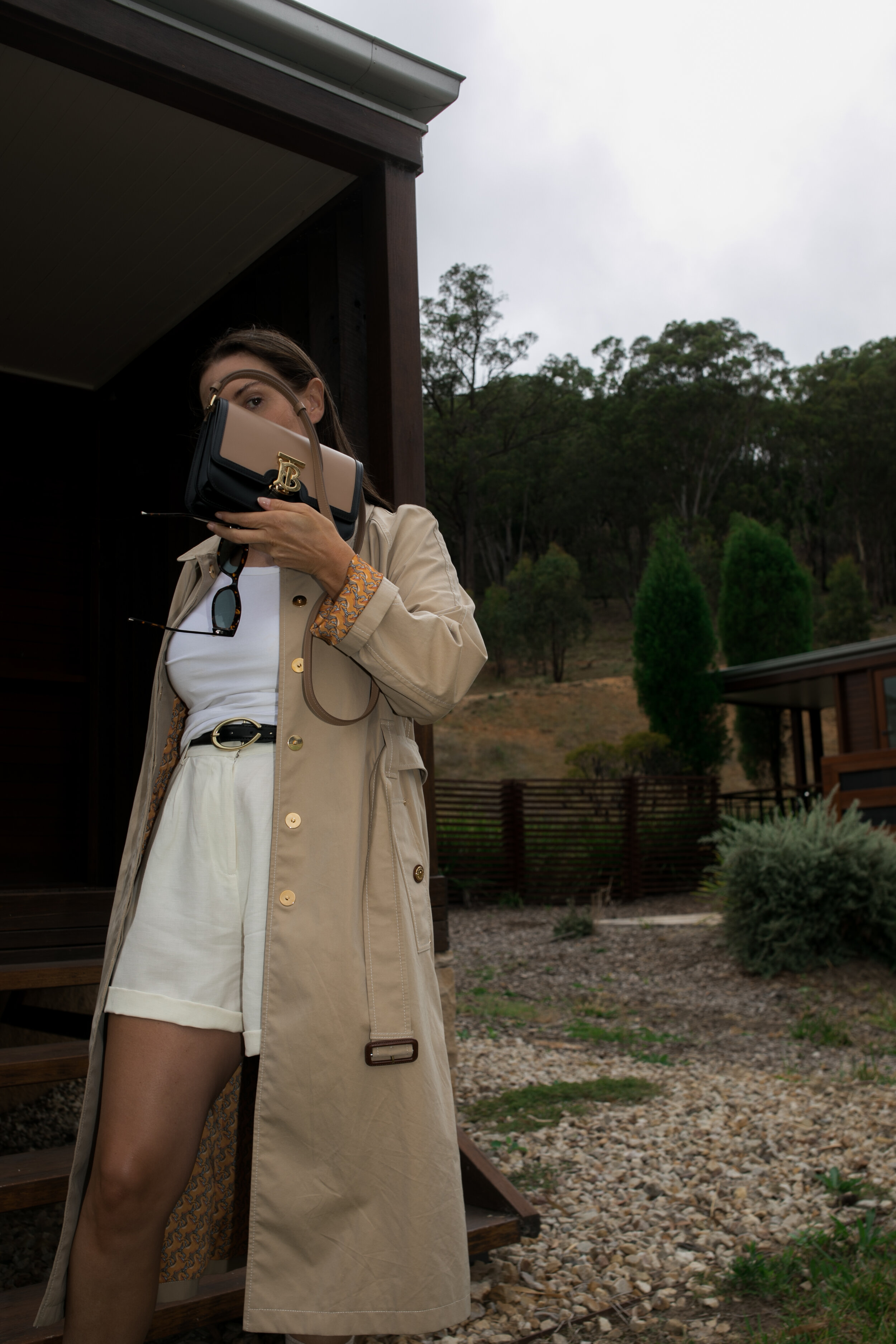A Burberry Story
2018, the year Burberry was shaken up to inject an overdue creative revision towards the brand, yet holding onto its British heritage. Introducing Riccardo Tisci, the chief creative director succeeding Christopher Bailey. Graduating from the world renowned Central Saint Martin’s, Tisci held various design positions. After twelve years at Givenchy, he moved onto Burberry.
The challenge of turning a British heritage brand into a high end streetwear label can be challenging, but this didn’t deter Tisci’s ideas. He reinvigorated product and consumer experiences, whilst experimenting with the monogram Burberry logo. The infamous check print remained, but an introduction of modern prints, techniques and fabrics graced hemlines and linings to encourage a new customer, or possibly a current consumer into a place of change.
2020 - The year luxury shopping shifted. More consumers were forced to part ways with their money online, a contradiction to the emotional connection they once received in store. As a consumer, I want to touch and view pieces in person, sometimes online just doesn’t cut it for me. Burberry saw this as on opportunity to connect social media and physical flag ships. The result? A re-shift in the interactive experience. Nine months into 2020, Shenzhen China became the first ‘social retail store’ whereby consumers can learn more about the brand’s designs via their smart phones, connecting the physical with digital.
“Technology is an incredible tool that allows us to use yet another way of communicating with our community”
This editorial is my digital communication to you, wearing the Burberry trench and TB bag in the serene Wolgan Valley, New South Wales. A visual mix of countryside heritage, styled with a contemporary print which pays homage to the evolving British fashion house.
Direction, styling and photography by Yours Truly

